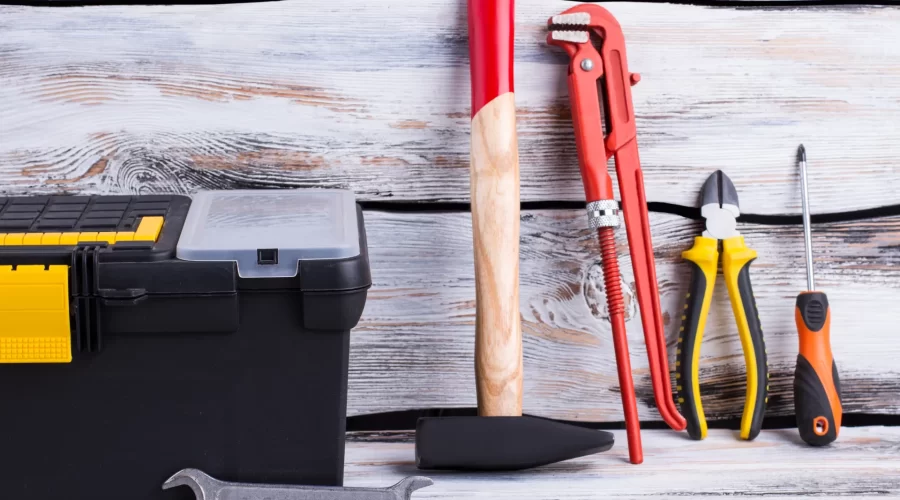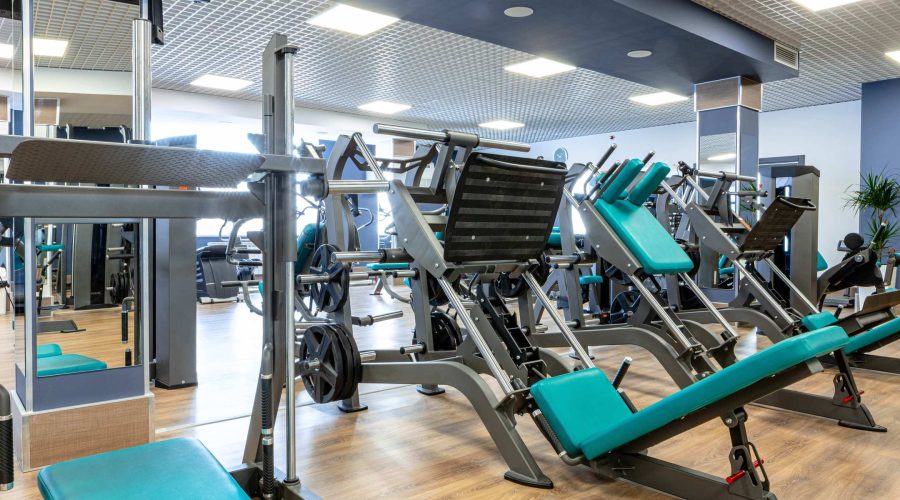Choosing the best maintenance methods is never easy. Looking at the advantages and disadvantages of maintenance can help you choose between the alternatives. Some leave everything to chance and manage the situation with reactive maintenance. However, it’s worth taking a moment to review the many different factors.
Preventive care aims to minimise cost by avoiding unscheduled maintenance in reaction to breakdowns, where reactive maintenance becomes essential and often time-critical. Preventative maintenance allows full lifetime use of assets. In this blog, we consider the issues faced by facilities managers.
Advantages:
Risk. Facilities management teams know that creating a safe working environment for employees is most important. Regularly checking equipment (and your building) reduces the risk to employees. Checks minimise the chance that breakdowns occur without notice.
Scheduling. Tracking each item of your equipment makes sure that everything you need is in top condition whenever building maintenance issues arise. Following schedules – to check both buildings and equipment – allows for careful building maintenance and equipment budget control.
Lifetime Value. Checking and maintaining equipment in the best shape, extends lifetime. Routine checks on your building pipework, boilers, and roofs help you to extend the life of your building by addressing issues quickly to minimise impact.
Cost efficiency. Reducing spending on equipment replacement is cost-efficient in the long term. Unplanned equipment breakdowns are generally more expensive than planned maintenance. Expect some unplanned maintenance in unchecked buildings and equipment. For example, catch the leaking roof before it happens by removing mould and debris before they cause an issue.
Energy Efficiency. Keeping equipment in the best condition possible keeps motors and parts energy efficient. Maintained equipment saves energy and money. Rising utility bills are something to avoid. Lighting, cooling systems and heating control maintenance are critical aspects of energy bill management.
Minimising disruption. Planning ahead to minimise disruption removes the chances that you have to close down or disrupt your workers. Making sure that you fully understand the state of your buildings and equipment helps. If a fix is needed you will know what you need and who to use to help resolve the issue quickly.
Disadvantages:
Finding money upfront. The initial outlay for a preventative maintenance plan is likely higher than a reactive maintenance approach. It will cost more to review and update equipment and the fabric of a building than if you waited for things to break.
Maintaining more than you need. Beware of overspending. Just because a regular plan is in place doesn’t mean it’s set in stone! It is worth regular reviews of schedules, as sometimes items may not need checking as often as planned. Make sure that your maintenance plan can be changed and agreed upon regularly while maintaining a schedule.
Larger workforce team. Preventative maintenance requires a larger workforce team. Regular checks allow you to realise the benefits of preventive building and equipment care. Reactive maintenance usually involves outside contractors to provide a one-time quote and fix. Instead, preventative maintenance requires workers on-site to perform daily checks.
Do you have any questions?
Please call one of our friendly teams for a quick chat about your building services solutions or fill in our contact form. We are happy to help you to review the advantages and disadvantages of maintenance plans for your building.





